Blog
Air matters: perspectives, knowledge, and insights on emissions monitoring
Latest blog posts
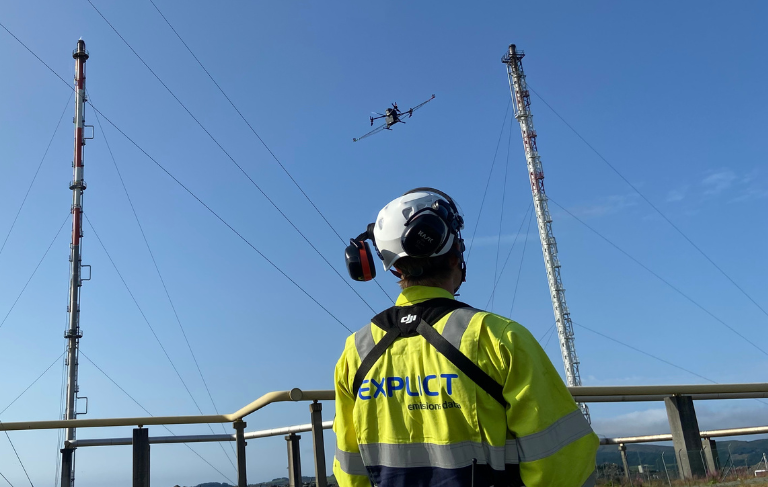
5 best practices for emissions monitoring: The Explicit approach
The world is on a mission to reduce greenhouse gas emissions for a more sustainable future. However, the success of these efforts relies on the ability to credibly measure such emissions. As the famous mathematician Lord Kelvin said, “If you cannot measure it, you cannot improve it.” Without reliable data, we cannot assess the true effectiveness of environmental initiatives, regulations, and reduction strategies. This is where Explicit steps in. We are data specialists at heart. Our approach is anchored in solid science, validated methods, and proven drone-based technologies. Here are some of the best practices we have developed over a decade of experience in emissions monitoring: Transparent methodology At Explicit, we rely entirely on measured data, not models or black-box calculations. We measure every parameter essential to calculating the mass flux rate. Gas and wind speeds are calculated directly from drone flights, and emissions are summed across each flux wall. Our method ensures high accuracy and credibility for regulatory compliance and environmental reporting. Advanced multi-sensor technology Our payload is built with multiple sensors for methane (CH₄), carbon dioxide (CO₂), wind, temperature, pressure, and humidity. This allows us to measure gas quantities, characterise sources, and assess flare and engine efficiency in
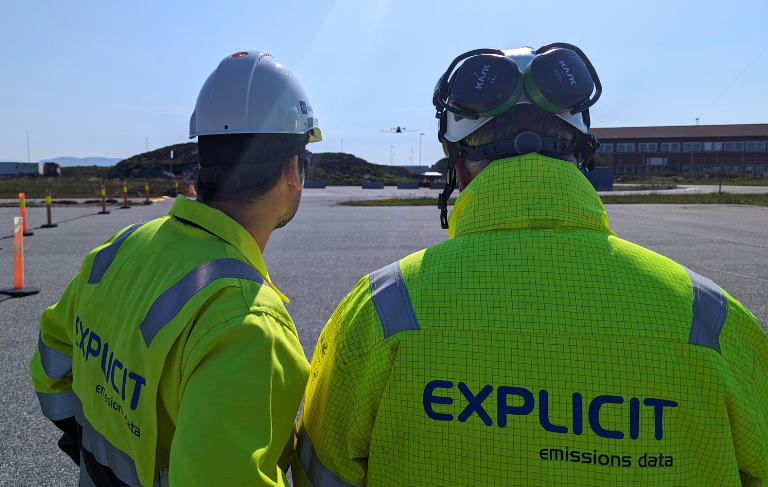
5 questions to ask before selecting an OGMP 2.0 site survey vendor
Selecting the right vendor for an OGMP 2.0 (Level 5) site survey isn’t just about ticking a box; it’s about ensuring you get accurate and actionable emissions data. At Explicit, we’ve learned that the difference between a smooth survey and a frustrating one often comes down to the questions asked before work begins. Here are five key questions to help you choose your site survey partner: 1. What logistics are involved in a site survey? Before committing to a vendor, it’s worth understanding what’s required on the day. Some site surveys can be a logistical nightmare – large kits, multiple cases, heavy equipment, and long setup times. We’ve heard stories from clients where the logistics get in the way of operations. That’s why we’ve designed our DFM kits to be as streamlined as possible. Everything needed is contained in a single pelicase, including a backup set and tools. Our plug-and-play solution means minimal setup and more time spent gathering valuable emissions data. 2. How is the data made visible, and how is its validity ensured? A successful survey depends on more than just collecting data; it’s about knowing the data is correct before leaving the site. If measurements taken by
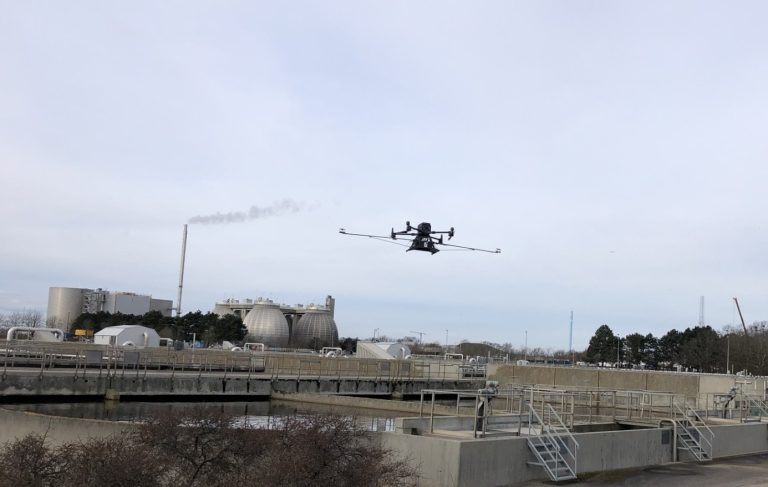
Closing gaps in climate data: advancing N₂O measurement with DFM
Working on AWAIRE as part of my Master’s thesis made this project especially meaningful to me. Led by Explicit, the project focused on developing and field-testing the DFM method for measuring nitrous oxide (N₂O) emissions from wastewater treatment plants. Over a period of two years, we took the DFM-N₂O method from a conceptual idea to an ISO-accredited solution – through controlled release campaigns, technical upgrades, and extensive fieldwork at BIOFOS Avedøre in Denmark. A smarter way to measure In comparative trials, the DFM-N₂O method consistently matched results from traditional approaches with the additional advantage of reducing uncertainty in parameters which are traditionally hard to measure, such as aeration airflow. Applying the DFM-N₂O method on various measurement campaigns around the world, it became clear that the advantage of this remote sensor technology is especially valuable for wastewater treatment sites designed with tickling filters or surface aerators. Why it matters N₂O is a potent greenhouse gas, and interest in monitoring and mitigating it is growing globally. This reinforces the importance of developing accurate measurement tools in such a pioneering field. What’s missing often is reliable, actionable data. Contributing to closing that gap and seeing the method applied across different sites globally has
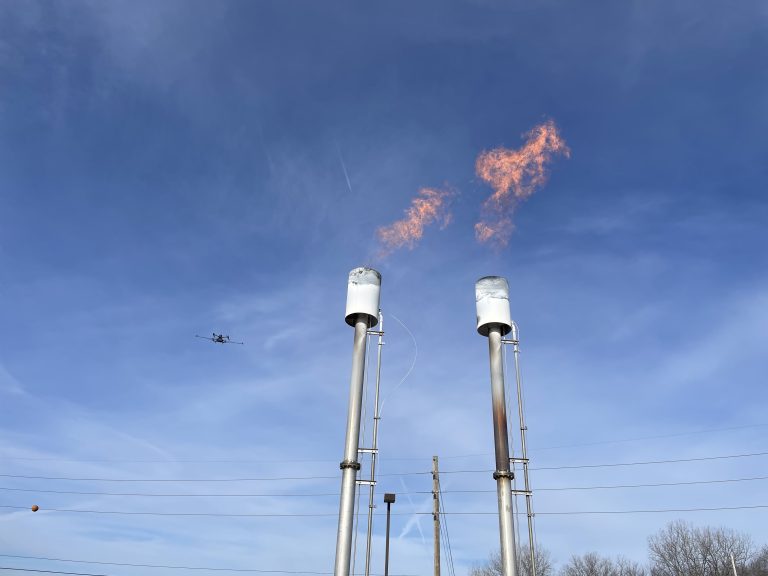
Why you should care about destruction removal efficiency (DRE)
At Explicit, we work with operators around the world to help them better understand and optimise their flare operations through accurate, data-driven measurement of destruction removal efficiency (DRE). DRE is the ability of a flare system to convert or destroy hydrocarbon emissions through combustion. It is a key indicator of how effectively climate-damaging gases are being transformed into safer by-products, such as water vapour and carbon dioxide. Understanding and improving your DRE is not just about regulatory compliance – it’s about environmental responsibility and operational excellence. Why is DRE Important? Here are the three main reasons why DRE is critical to monitor and optimise: Environmental impact: high DRE means a higher percentage of harmful emissions are destroyed, reducing the environmental impact of flaring. Low DRE can lead to considerable amounts of unburned hydrocarbons released into the atmosphere, contributing to both air pollution and climate change. Safety and regulatory compliance: various jurisdictions have regulations in place on flare performance and emissions. High DRE values can help operators demonstrate compliance. Initiatives such as OGMP 2.0 require Level 5 reporting for oil and gas assets, meaning reconciling DRE from airborne measurements with process data becomes essential. Operational efficiency: optimising and understanding of DRE

Why probability of detection doesn’t belong in methane emissions quantification
In the world of fugitive leak detection, probability of detection (POD) is a popular metric. It tells us how likely an individual sensor or network of sensors is to detect a gas signal in a given scenario and is very helpful for leak detection and repair (LDAR) programmes. But when it comes to quantifying methane emissions using the Drone Flux Measurement (DFM) Method, probability of detection is the wrong metric to focus on. Why probability of detection falls short in quantification Quantifying an emission rate is a far more complex measurement challenge than simply detecting a gas signal. Gas sensors have detection limits, but for aerial site-level surveys, most sensors today are already sensitive enough. The real issue isn’t the signal response: it’s signal noise. The key question is: how low can we detect a signal, before background noise overwhelms it? This is best expressed through measurement uncertainty. Even if a method has an exceptional detection capability, that alone tells us nothing about its ability to quantify emissions. What really matters for quantification? Beyond detection, accurate quantification depends on: Wind flow: you need precise atmospheric data to determine how methane moves through an area. Measurement uncertainty: the lower the uncertainty,
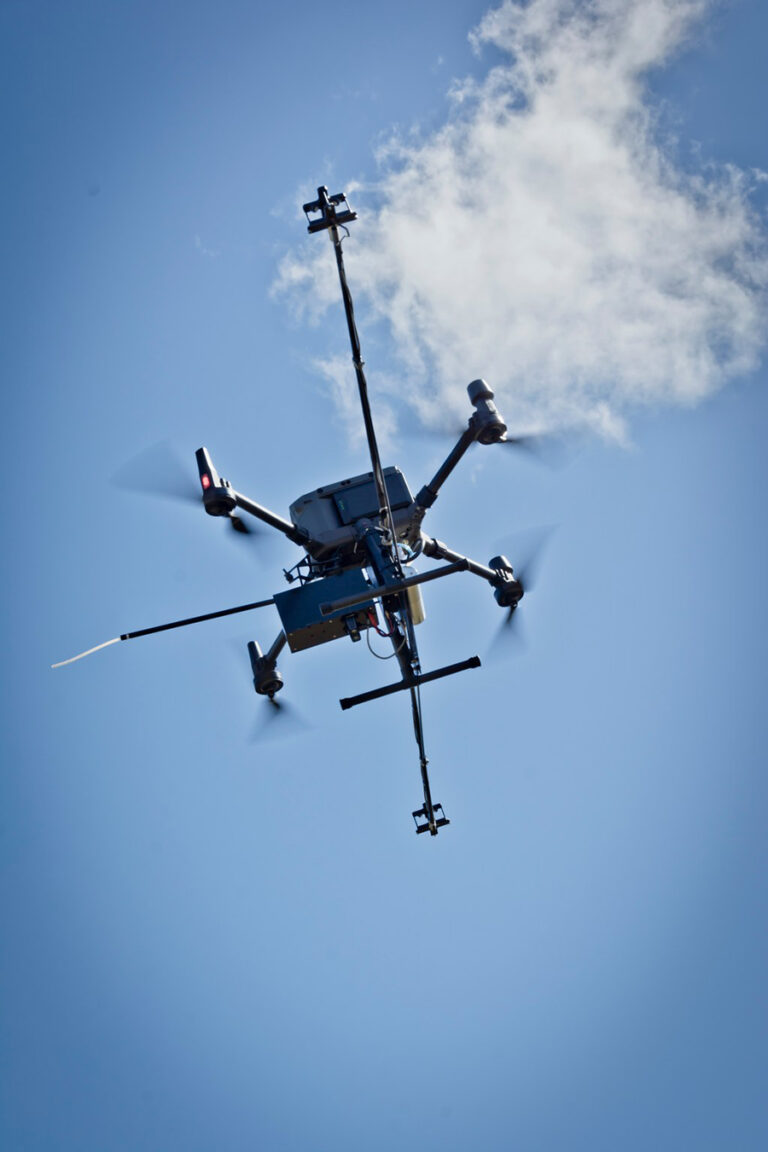
An overlooked challenge in methane emissions monitoring: background concentration isn’t just background
Methane emissions monitoring is evolving rapidly, with drone-based surveys providing more accurate and reliable solutions than ever before. However, one critical challenge remains: How do we correctly account for background methane concentrations in the atmosphere? And how do we subtract them correctly in the reported emission rate? At Explicit, we’ve spent over a decade conducting aerial emission surveys, and one of our key insights is that background methane levels are far more dynamic than traditional survey methods assume. They cannot accurately be expressed – or deducted – as an averaged value over a large survey area like a vertical measurement plane. At least not in a spot observation. The misconception of a fixed background level Most site-level survey techniques treat methane background as a singular, consolidated value, typically between 1.7 and 2.0 ppm, depending on the source. The assumption is that this single number can be subtracted from measured concentrations to determine the actual emissions from a site. But what if that assumption is flawed? The reality is that background concentrations of methane fluctuate significantly at the micro-atmospheric level. These variations can’t be accurately captured by applying a single background value across an entire survey area. If background is treated
Get in touch to learn more
Our patented drone technology helps a great variety of industries and authorities across six continents to measure and document their emissions. Reach out to learn how we can assist your industry in obtaining your sustainable success.
